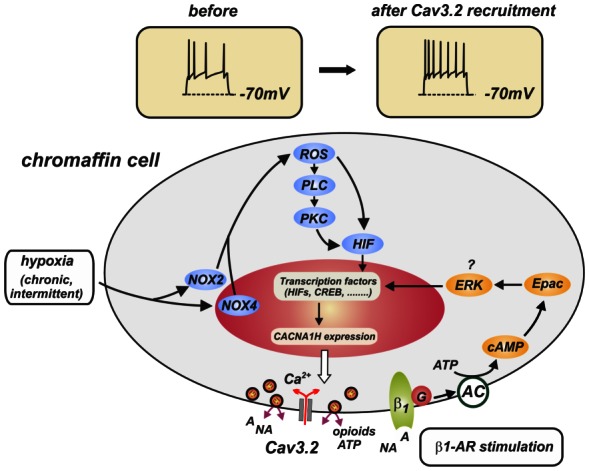Figure 7. Schematic drawings of cell signaling pathways leading to CACNA1H gene expression and Cav3.2 channels incorporation during stressor stimulation.

The final result of β1-adrenergic receptor stimulation and chronic/intermittent hypoxia is the activation of transcription factors (HIF, CREB, …) and CACNA1H gene expression that lead to Cav3.2 channel incorporation into the plasma membrane. The pathway driven by β1-adrenergic receptor stimulation (isoprenaline, forskolin, pCPT-cAMP) is derived from Novara et al. (2004). The pathway induced by chronic/intermittent hypoxia (NOX, ROS, PLC, PKG, HIF) is taken from Yuan et al. (2008).
